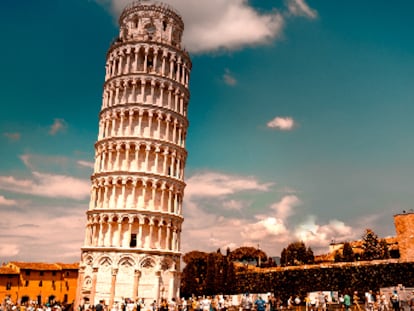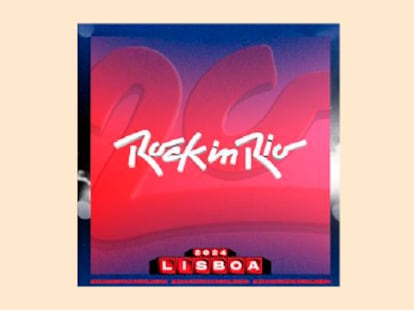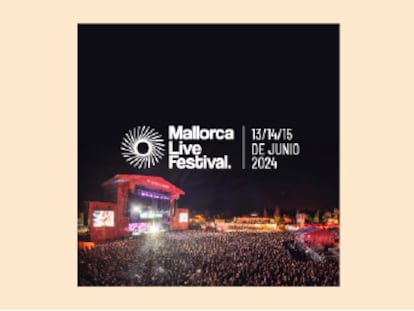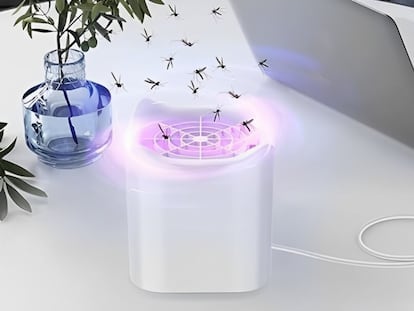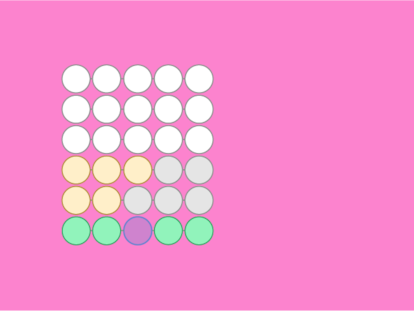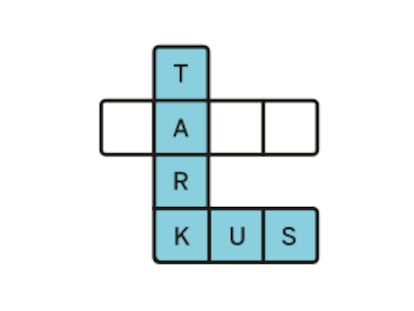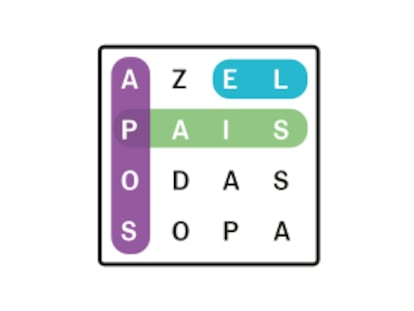Colour from Structure, from Nature to the Lab Bench: “Smart” Photonic Crystals for Optical Sensing
What do opals, peacock feathers and butterfly wings (and, coincidentally, “smart” photonic crystals) have in common? They all appear to be brilliantly coloured, yes, but for the most part, not in the typical way one might think of colour coming from special pigments or dyes that absorb and reflect light (see illustration (a)), in a manner similar to inks or paints. What they have in common is that they largely have their “colour” arising from the very fundamentals of their structure.
Throughout millions of years, Mother Nature has created this other source of colour – called “structural colour” – coming from the interplay of light with tiny scattering elements arranged in a precise manner at the nanometer scale (for instance, 1 nanometer is more than 10,000 times smaller than the diameter of one human hair). When these periodically arranged nanostructures (such as in the illustration (b)) interact with white light, most of the light wavelengths pass through, while only a narrow band of light is reflected and gives rise to the beautiful iridescent colours that hit our eyes. Incidentally, these arrays bear much resemblance with the periodic-structured lattice of atoms in a semiconductor crystal – just on a much larger length scale – which is why they have been christened “photonic crystals”. The motion of light within photonic crystals is affected by the periodic structure at the nanoscale, just like the motion of electrons in “ordinary” crystals is affected by the periodic arrays of atoms at the sub-nanometer scale.
Like my colleagues, who come from such diverse fields as optics, telecommunication technology, or even analytical chemistry, I was fascinated by the versatility of photonic nanostructures during my post-doc at the University of Toronto, one of the hot spots in photonic crystal research. By taking advantage of the blueprint provided by Mother Nature, scientists all over the world since the early 1990s have started carrying the construction plan for photonic crystals from nature to the lab bench. By using special nanofabrication techniques, we are now able to design photonic crystals of varying dimensionality – 1D, 2D, or 3D – and to tailor them to suit specific purposes, ranging from the confinement, filtering and guiding of light in complex optical circuitries, to the amplification of energy conversion in solar cells. And that’s just the beginning. The amazing success of photonic crystal research over the past years fosters the notion that photonic crystals not only have the potential to revolutionize information technology by setting the stage for the all-optical computer, but also to push the borders of “dye-free” optical sensing.
Now, imagine an opal that changes its colour with temperature, or a butterfly whose wings turn from blue to red if ambient humidity increases. Fiction? Not quite. By making a copy of the photonic nanostructures inherent to butterfly wings in the lab and subjecting them to, say, solvent vapours, gases or even temperature changes, minute changes of the optical thickness of the nanostructure translate into a colour change that is visible to the naked eye. We can even “outsmart” nature: by building photonic crystals from functional materials – such as polymers that can swell, or silicates that can adsorb molecules – and taking advantage of their specific interactions with certain compounds. My team at the Ludwig Maximilian University of Munich and Max Planck Institute for Solid State Research in Stuttgart is developing such photonic crystal sensors showing amplified optical response and sensitivity to a plethora of chemical and physical stimuli.
Optical breathalyzers and more. Take for instance, a photonic crystal based on silicate nanoparticles having the ability to adsorb ethanol molecules into their pores. Once one breathes on this photonic device, the resulting colour change encodes the content of alcohol in our breath – thus, a new generation of breathalyzers with a purely optical read-out is born. Along similar lines, we can integrate porous materials in photonic crystals and take advantage of their massive adsorption capacity for molecular species. And this is where chemistry comes into play again: by tailoring these materials such that they selectively adsorb certain species, we can develop sensors that are responsive to a large set of different molecules, including biomolecules or hazardous substances in the atmosphere, à la “photonic nose”. There is much to gain in the field of biomedical applications. Imagine a tiny photonic crystal device that can report on metabolites such as acetone, which may indicate diseases like diabetes, just by breathing on it!
This is a theme with manifold variations, and it opens up new avenues to create sensing platforms with a direct optical read-out that do not require, e.g. fluorescent-dye labels, like many of today’s traditional sensors. What is more, photonic crystal sensors are intrinsically compact and may ultimately be made portable. By teaming up with electrical engineers, we are currently developing integrated, stand-alone photonic crystal sensors that may be used for point-of-care testing – wherever flexibility is key.
I believe that “structural colour” opens up new dimensions of optical sensing. From portable breathalyzers to biochips, these “smart” photonic crystals have the potential to make it all the way from simple light guides to a new generation of multi-purpose-sensing platforms.














